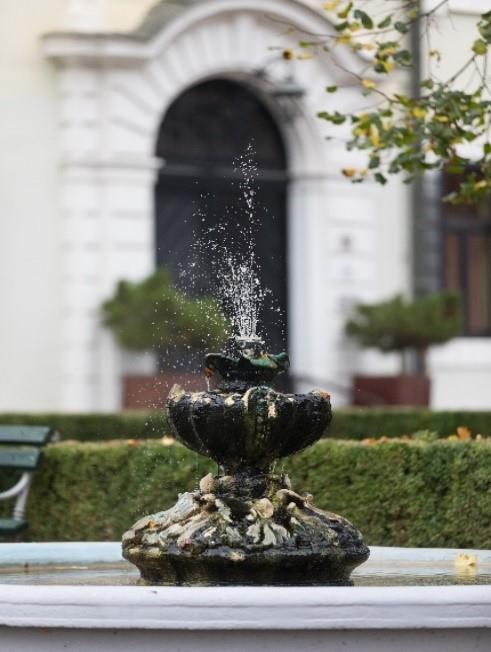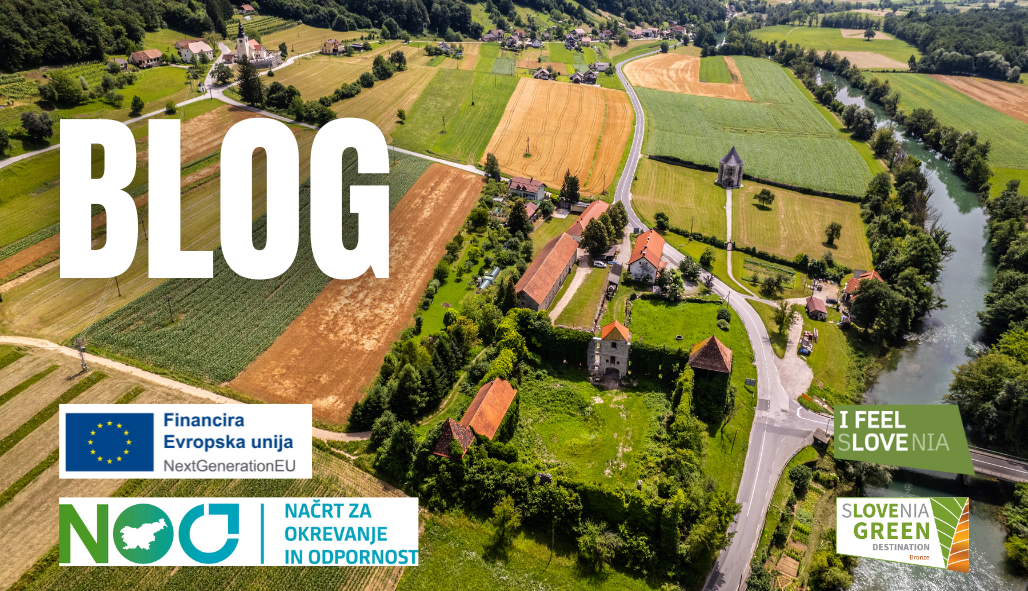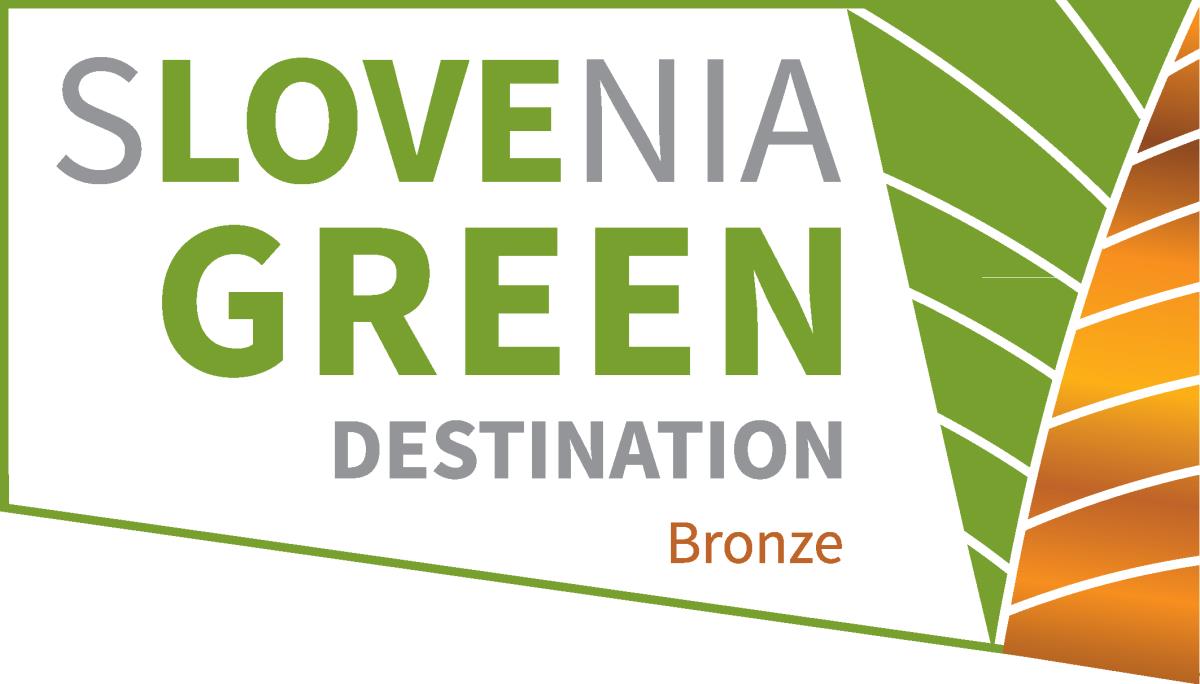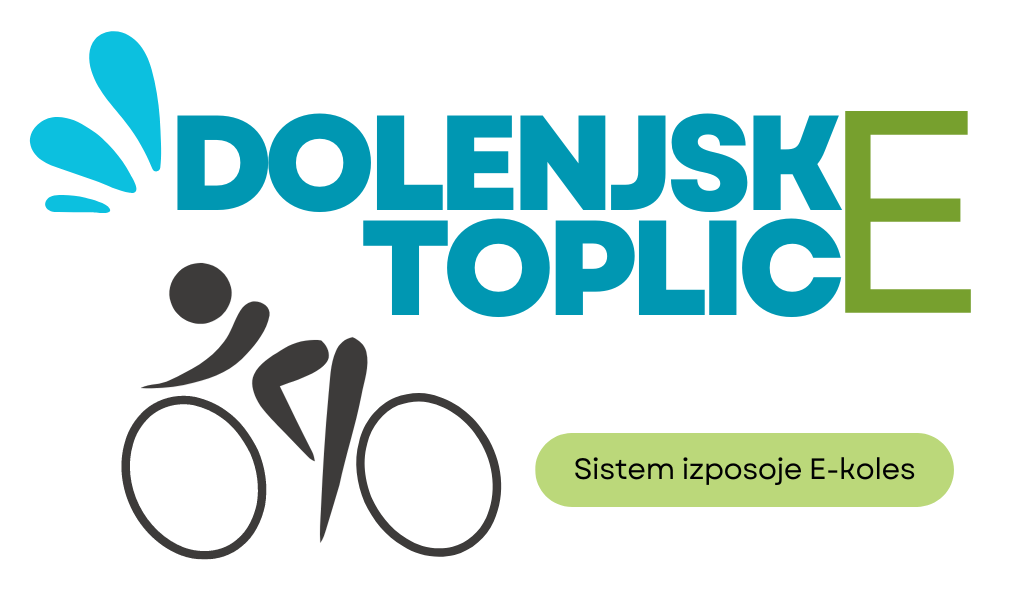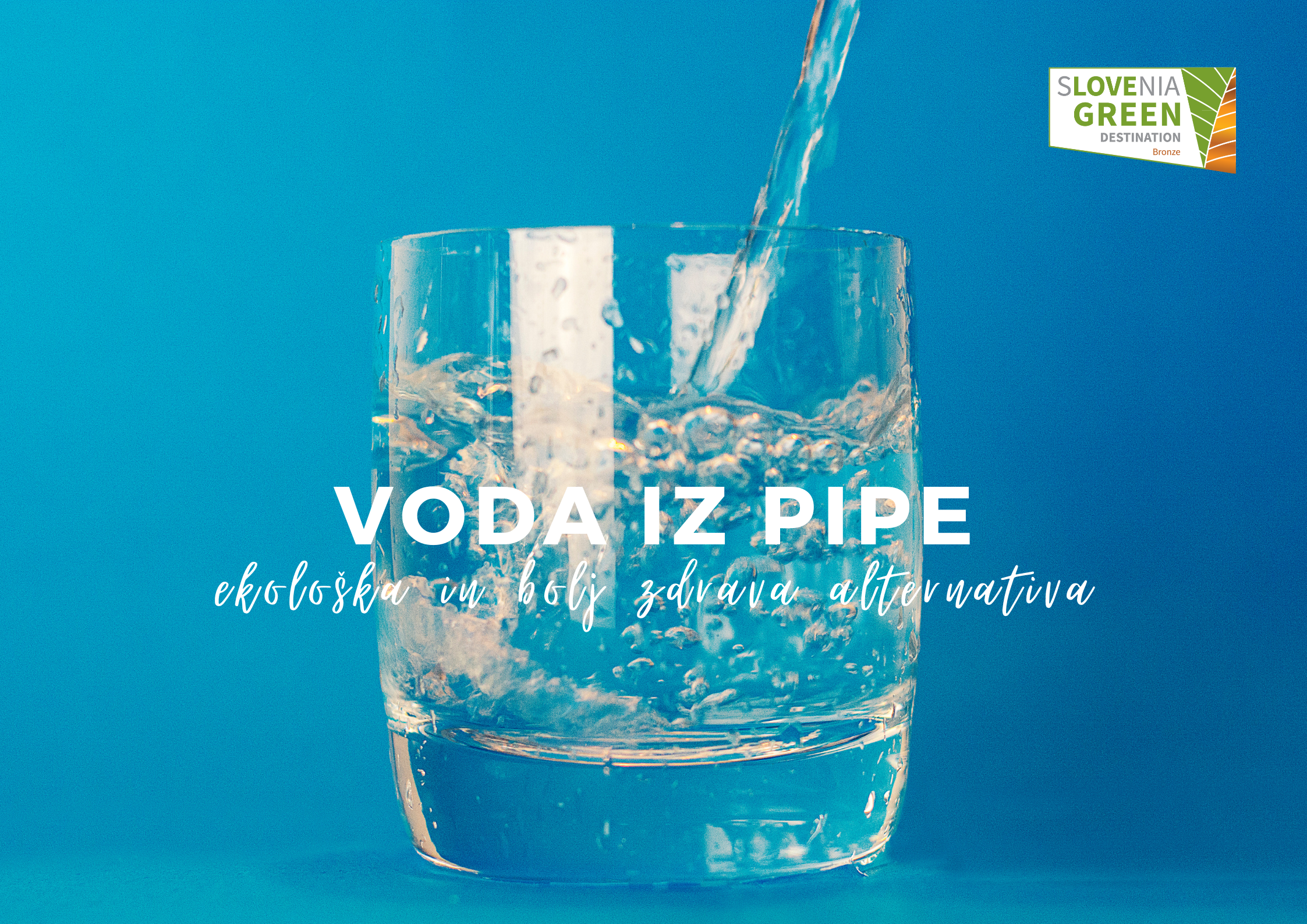A SYSTEM OF THERMAL SPRINGS AND HISTORIC SPA TRADITION OF DOLENJSKE TOPLICE
Termalni parki in zdravilišča
Zdraviliški trg 7, 8350 Dolenjske Toplice
DOLENJSKE TOPLICE – A HISTORIC SPA TOWN
The past of Dolenjske Toplice is inextricably linked with its healing natural thermal water springs and baths, which have not only given the town its name ('toplice' literally meaning 'warm springs'), but have also significantly shaped its building infrastructure as well as the way of life. The destination became synonymous with spa tourism already in the 18th century, when the first analyses of the thermal water were carried out and its many healing effects were studied and documented.
As many as ten karst and ten thermal springs flow into the torrential stream Sušica, which flows through the town, at a distance of more than seven hundred meters. It is difficult to say when they were discovered for the first time, but we can assume that they were known even in ancient Roman times, although the first mention of the name of the town (Töpliz) appears in the 13th century. At the time, the thermal springs were still unbuilt and freely accessible to everyone, until the noble Auersperg family built the first baths building in the 17th century, which for a while initially served only as their private baths. Carniolan polyhistorian Janez Vajkard Valvasor reports about Toplice and its numerous springs in his monumental work The Glory of the Duchy of Carniola, where he mentions, among other things, that "some /spa/ here is so good that it is visited from far and wide /.../". Folk legends say they were found by noblemen's servants while hunting for deer, and their healing effects discovered by a dog that healed its wounded paw in the warm puddle after being run over by a carriage.
Prince Henrik Auersperg, who built today's Hotel Vital between 1767 and 1768, made the greatest impression on the historical memory of the town, as well as the prominent Ljubljana doctor Anton Kastelec, who performed the first thermal water analysis in 1777 and published it in Vienna. Since then, Toplice had been one of the most elite spas in Austria-Hungary. The Auerspergs renovated the resort several times, most recently in 1899, when the Kristal hotel was built.
In 1922, the Auerspergs sold it to their tenant at the time, the Czech doctor Konstantin Konvalinka, who stayed and worked in our region until the end of his life, including as a military doctor during the First World War. During and after the First World War, the rehabilitation of wounded soldiers took place here, as the new conscript army system and more distructive weaponry caused the growing need for it. During this time a new building was built, where later disabled soldiers also lived, together with their families. The turning point in the post-war period was 1973, when the health resort became the property of the pharmaceutical company Krka from Novo Mesto and included in the Terme Krka Group.
THE WEALTH OF THERMAL WATER AND ITS HEALTH BENEFITS
"No one must call these healing baths water, otherwise they shall pay a fine of one gulden."
(Baths House Rules, 1776, item 19, Dolenjske Toplice in the reflection of time)
The thermal springs came to the surface next to the tectonic fault that flows from the valley of the Krka river near Dolenje Polje, past Dolenjske Toplice, Sušica, below Uršna sela and further towards Rožni dol. Research so far shows that the thermal springs originate at a depth of around 1,000 m and do not mix with the rest of the water. The thermal springs found, two with a capacity of 30 l/s are under the thermal baths (Prince's bath and Cave bath) in Kopališki dom (Hotel Vital and Zavetje zdravja), and the third with a capacity of 20 l/s is in the immediate vicinity of the outdoor summer bath. The average temperature of the springs flowing into the indoor pools is 36.2 - 38.9 °C, and the spring covered in the outdoor pool is between 30 and 32 °C. Thermal water with approximately the temperature of the human body, slightly mineralized, without free carbonic acid, calcium and hydrocarbonate type, without the detection of radioactivity - all these properties make the spa one of the rare European isoakratitherms. There are assumptions that with a deeper catchment (around 1,500 m) it is possible to achieve larger amounts of thermal water in the settlement of Dolenjske Toplice, and probably also in the settlement of Sušice, as it lies on a tectonic fault.
Balneology (balneo = to bathe, logos = research) is one of the oldest interdisciplinary medical sciences. The positive effects of bathing in mineral and thermal waters were known and used already in prehistoric times, as some springs were worshiped as the seat of deities and attributed supernatural power. Archaeological findings also prove this. Spas have long been no longer just a provider of medical rehabilitation, but offer us much more. Here are just a few benefits of thermal baths people have been using to boost their health and wellbeing for centuries:
- Hot springs can help boost your blood circulation. Back to those minerals! Hot spring water is flowing with calcium and sodium bicarbonate, which can boost overall oxygen flow and circulation once absorbed into the body.
- Aid in natural pain reduction and rehabilitation. Buoyant, warm, mineral-rich waters that allow ease of movement and slight resistance are a favorite therapeutic tool. They can also help increase flexibility and circulate lactic acid out of sore muscles.
- Healing hot spring waters can also improve skin irritations and conditions. The elevated levels of sulfur in hot spring waters offer antifungal and antibacterial properties that can soothe and even help heal the skin.
- Reduced stress levels. The many minerals in hot spring waters can help decrease daily stress.
- Natural detox. Warm hot springs cause your body to sweat, helping to clear clogged pores and increase healthy circulation.
WARNING: Regardless of all the potential benefits of thermal baths, it is necessary to always consult your doctor before visiting, who will be able to advise you on where and when to go, depending on your general state of health. People with high blood pressure, cardiovascular problems, atherosclerosis and epilepsy should be especially careful when using thermal waters. The absolute prohibition applies to patients with acute inflammatory conditions or a decompensated heart, among others. (Source: ABC zdravja)
IN THE EMBRACE OF NATURE
Dolenjske Toplice not only offers a beneficial wellness pampering - it is also a destination for those who want to spend a more active vacation. They offer experiences and activities for less and more demanding guests: from paragliding, tourist horseback riding, hiking and cycling to fishing, vineyard cottage tourism and different family experiences.
You can find a rich natural and cultural-historical heritage here practically at every turn. Explore the mysterious forests of Kočevski rog and the secret Base 20, see all its riches: from picturesque natural phenomena to the wealth of mushrooms, herbs and medicinal plants, as well as tree giants and an extremely diverse animal world. Rog is well known to the public, among other things, as the home of brown bear, wolf and lynx, while its hidden small springs, caves and abysses are a refuge for many more important animal and plant species. In the past, proteus was also observed in the cold karst waters in the area. Many karst phenomena are characteristic here - a good part of these forests is also classified as a Natura 2000 area. They strive to preserve this exceptional biodiversity, as they are aware of the importance of caring for the environment, both for the local community and the tourist visitors.
EFFORTS FOR SUSTAINABLE DESTINATION MANAGEMENT
Dolenjske Toplice is one of those tourist destinations that have recognized the importance of sustainable tourism management for a long time already. Among the ecologically important areas, the Kočevski rog and Ajdovec Plateau should be mentioned in particular, as well as the areas of Krka and Radeščica. Here we find the truly unspoilt nature, including some of the largest remnants of primeval forest in this part of Europe, which is categorized as a strict reserve, where entry is only allowed in a special buffer zone for educational, ecological and scientific purposes.
As a member of the Eco Initiative, the Municipality of Dolenjske Toplice received recognition for sustainable facility hygiene, signed a green pledge, carried out numerous projects with an emphasis on the protection of the environment, especially water and aquatic life, as well as projects with an emphasis on the protection and transfer of tangible and intangible cultural heritage. As a destination it received its first bronze sign in the Green Scheme of Slovenian tourism. The sections Nature and landscape and Culture and tradition were rated very highly, and support for local entrepreneurship was also recognized. At the same time, the destination encourages local residents, tourism providers and guests to operate sustainably in various ways, for example by promoting green mobility and drinking tap water, as well as intergenerational cooperation in the transfer of traditional knowledge, skills and customs to younger generations.
If the past of Dolenjske Toplice has been marked by its healing thermal springs, nowadays the concern for the protection of the natural environment and the preservation of these natural resources is the basic starting point for further development of the destination.
Welcome to Dolenjske Toplice!
